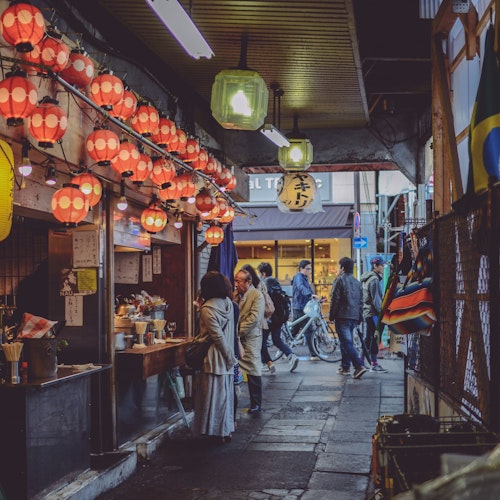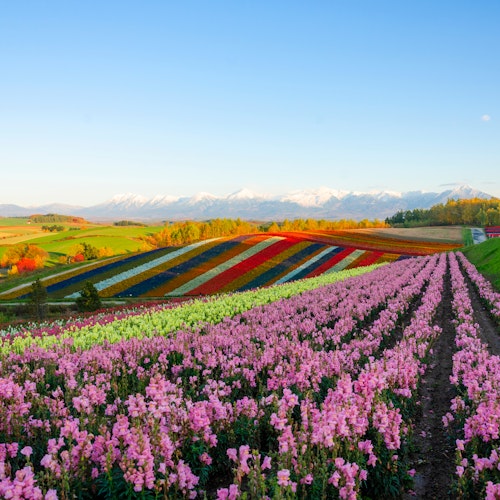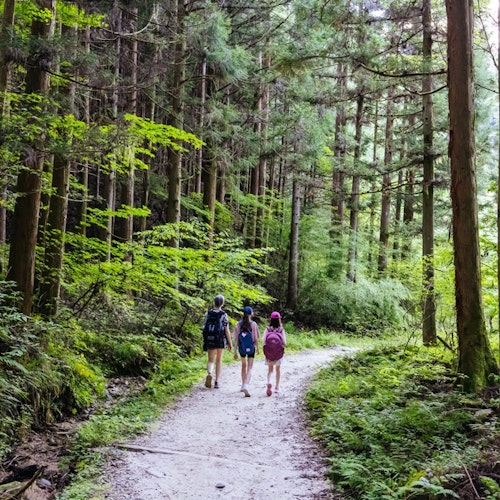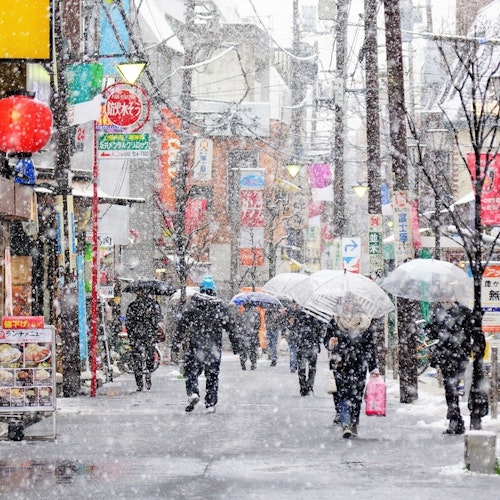
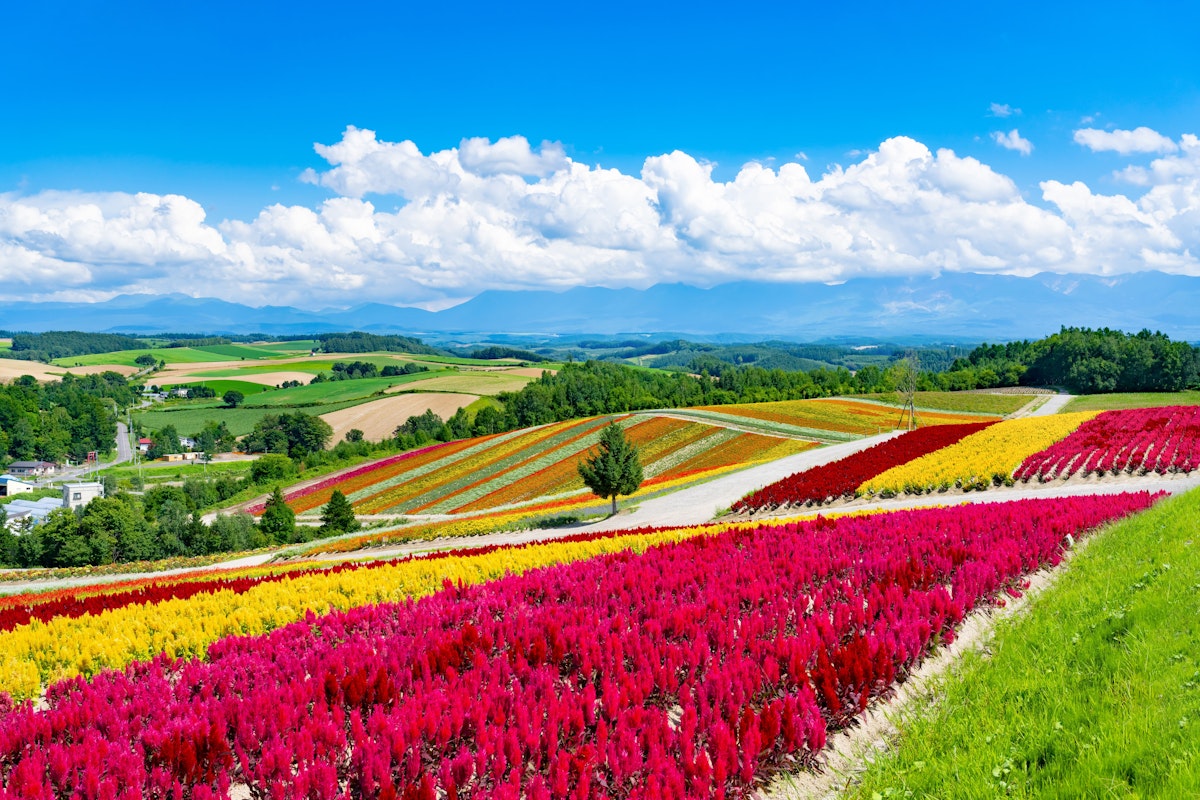
Hokkaido, Japan's second-largest island, is a traveler's paradise that seamlessly blends natural wonders, culinary excellence, and storybook landscapes. Whether you're chasing vibrant flower fields, indulging in fresh seafood, or exploring fairytale villages, a well-planned Hokkaido itinerary can deliver unforgettable experiences. This comprehensive guide takes you through the best of what Hokkaido has to offer in just five days.
Hokkaido stands apart from the rest of Japan with its distinct character. The island boasts cooler temperatures, spacious landscapes, and a pioneering spirit that feels refreshingly different from crowded urban centers.
It's home to some of Japan's most photogenic locations, from the lilac-filled streets of Asahikawa to the crater lakes of Akan. The local food culture is legendary, featuring fresh seafood, ramen varieties, and dairy products that showcase Hokkaido's agricultural abundance.
The best times to visit depend on your interests. Spring brings cherry blossoms and lavender blooms, summer showcases brilliant wildflower fields, autumn paints the landscape in warm colors, and winter transforms Hokkaido into a snowy wonderland perfect for skiing and winter festivals.
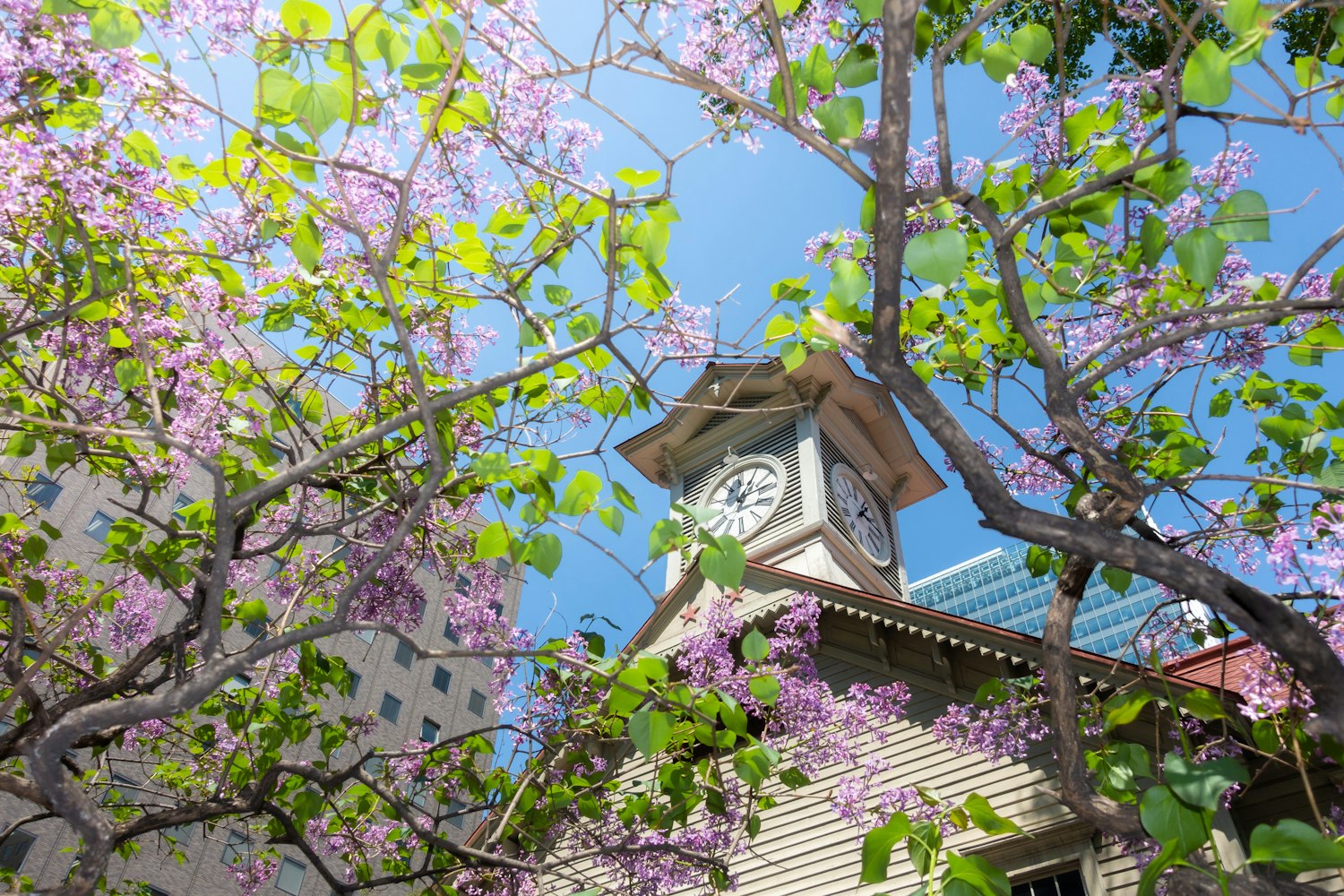
Begin your adventure at New Chitose Airport, located approximately 40 kilometers south of Sapporo. This is one of Japan's busiest airports, serving as the gateway to Hokkaido.
Transportation Options:
Airport Bus: The most economical choice, direct buses run every 15-20 minutes to central Sapporo. Journey time is approximately 75-90 minutes. Cost: approximately ¥1,000-1,500 ($7-10 USD). You can book tickets at the airport upon arrival or pre-book online.
JR Express Train: The Airport Express (Narita Express equivalent) runs directly to Sapporo Station. Faster than the bus at around 36 minutes, but more expensive at approximately ¥3,070 ($21 USD). Trains depart every 15 minutes.
Rental Car: Available at the airport if you prefer flexibility for the entire trip. Budget ¥5,000-8,000 ($35-55 USD) per day depending on vehicle size.
Taxi: Convenient but expensive at approximately ¥10,000-15,000 ($70-100 USD) for the journey.
Drop your bags at the Sapporo Prince Hotel located near Sapporo Station. This upscale property offers excellent service, comfortable rooms, and convenient access to Sapporo's attractions. Room rates typically range from ¥12,000-25,000 ($80-170 USD) per night depending on season and room type.
Evening: Sapporo Food Tour
Nothing says "welcome to Hokkaido" like discovering authentic izakayas with a local guide. Book a Sapporo Food Tour through our website to experience the city's culinary heart. Your guide will lead you through the narrow alleyways of Susukino and Gantetsu-roji, stopping at hidden gems where locals gather.
Expect to sample seasonal vegetables, local fish, Hokkaido butter corn, and regional sake. The tour typically includes 3-4 establishments and lasts 2-3 hours. Cost: approximately ¥8,000-18,000 ($55-150 USD) per person including food and drinks.
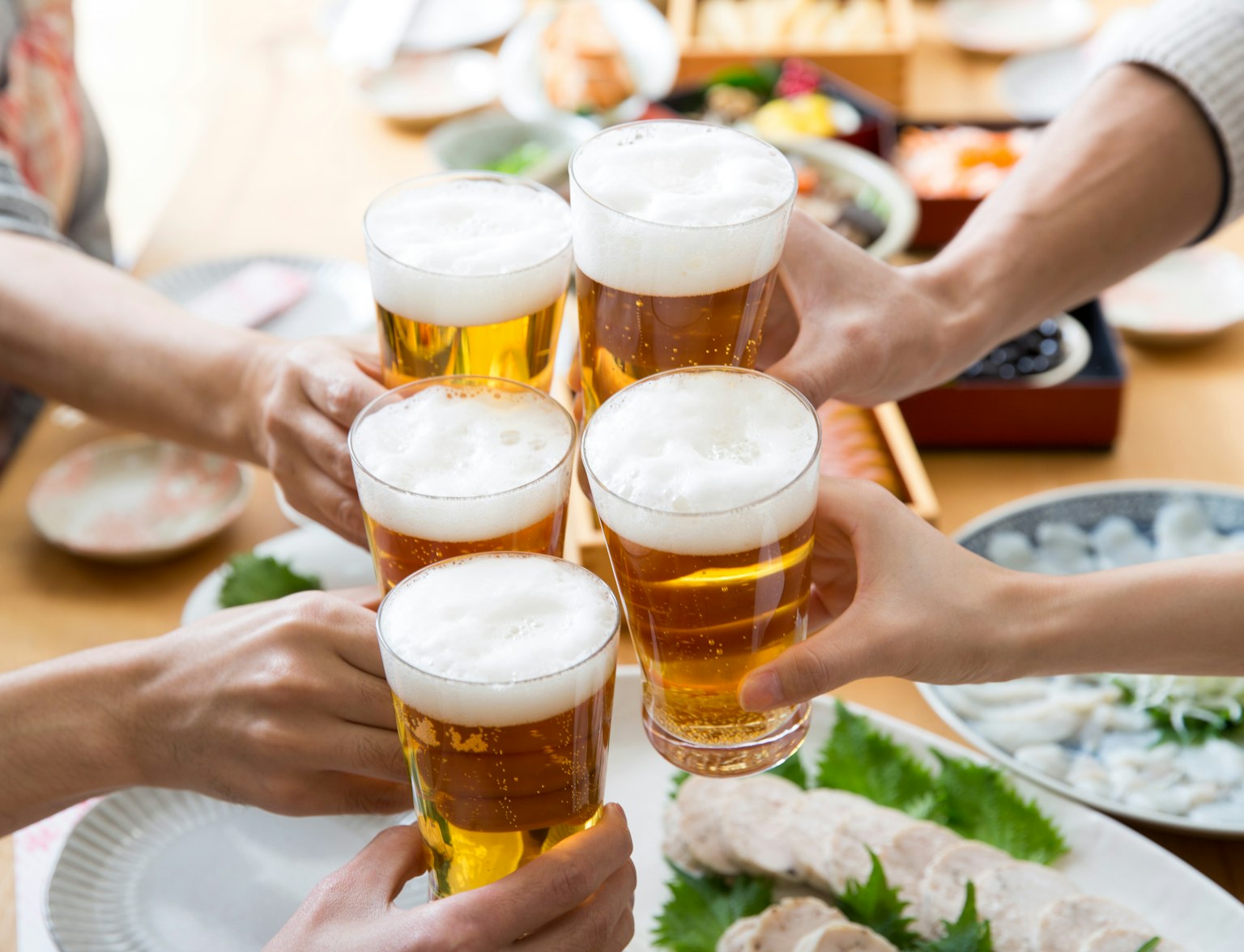
Explore Sapporo's hidden izakaya gems in Susukino with our Bar Hopping Food Tour. Enjoy local seafood, drinks, and unique spots like an igloo-shaped izakaya.
Budget for Day 1:
Airport transfer (bus): ¥1,200
Hotel (first night): ¥15,000
Food tour: ¥10,000
Miscellaneous: ¥2,000
Day 1 Total: approximately ¥28,200 ($190 USD) per person
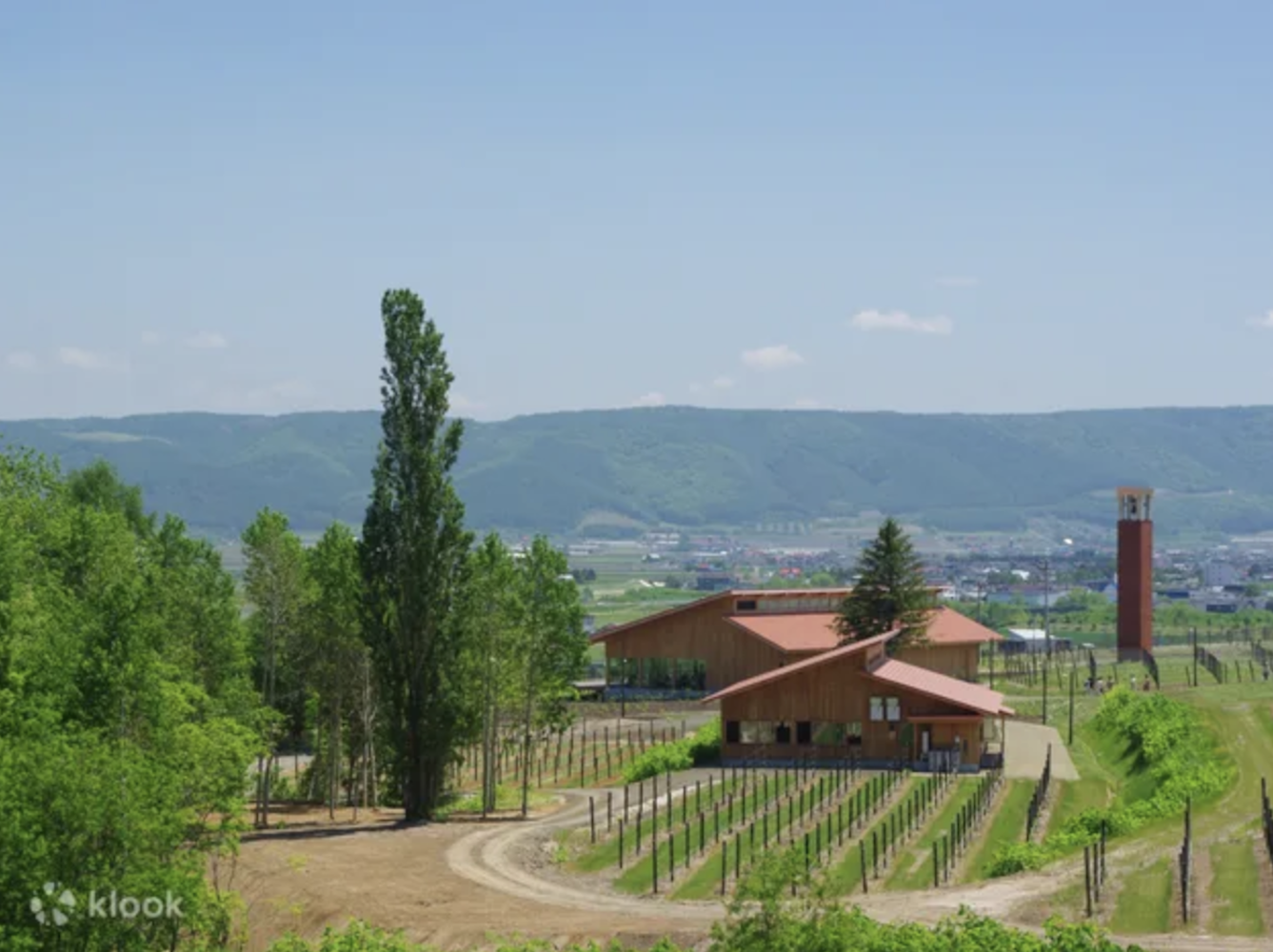
After breakfast at your hotel, head to Sapporo Station to catch the Furano Lavender Express. This special seasonal train is specifically designed for flower season travelers and includes comfortable seating, large windows for viewing the countryside, and a dining car serving light snacks.
Important Note: The Furano Lavender Express operates only during flower season (approximately late June through early August). Check the official schedule on the Hokkaido Railways website before booking. Outside of peak season, the regular JR Furano Line offers daily service with similar journey times but without the specialized amenities.
Journey time: approximately 2 hours, 15 minutes. Train fare: approximately ¥5,070 ($35 USD) round trip.
Upon arrival at Furano Station, rent lavender-themed bikes from one of several rental shops near the station (Furano Rental Cycle is highly recommended). Bike rentals cost approximately ¥1,000-1,500 ($7-10 USD) per day for standard bicycles. The relaxed pace of cycling through the countryside is the perfect way to absorb Hokkaido's natural beauty.
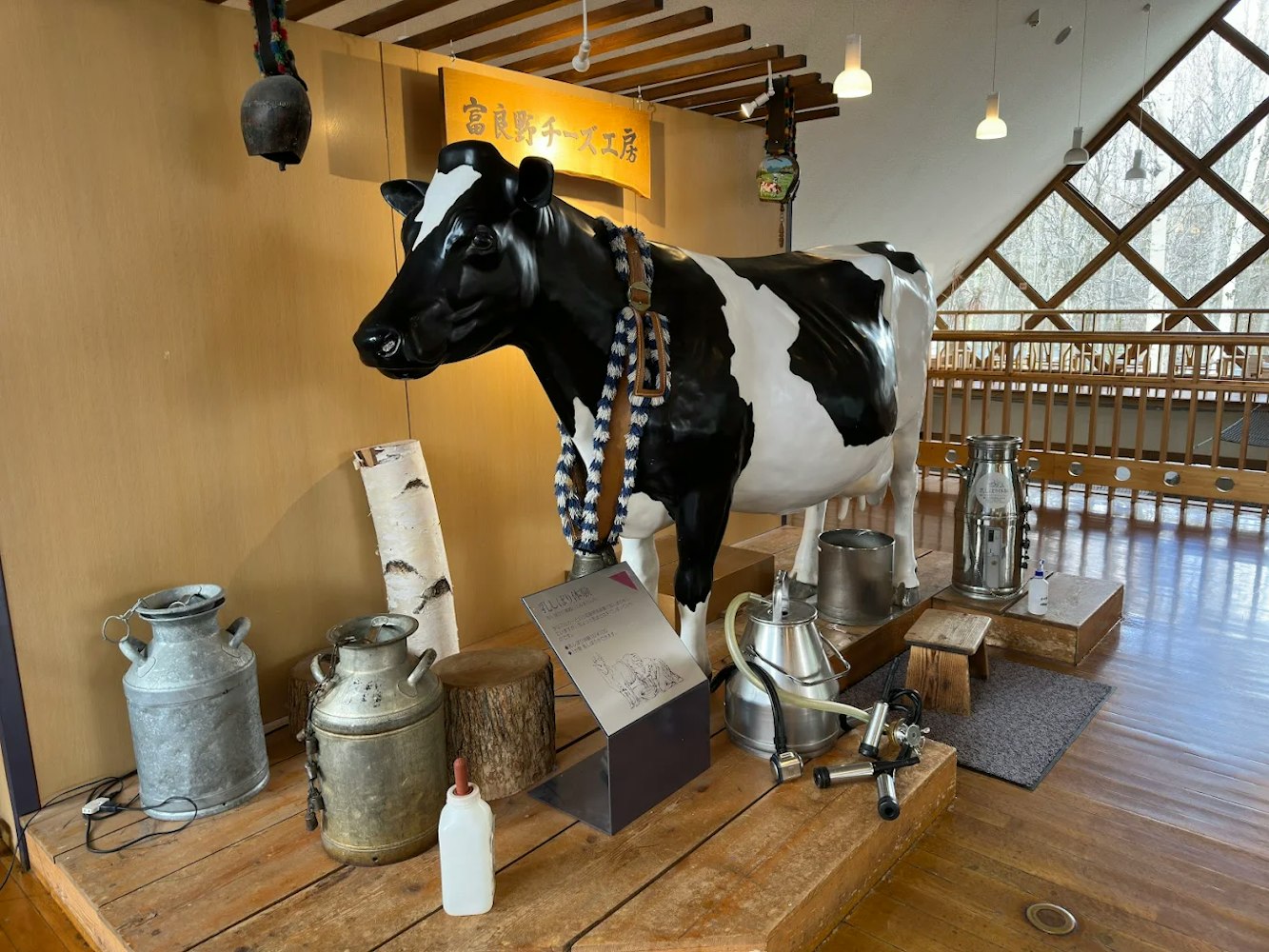
Your first destination should be the Furano Cheese Factory, located a scenic 10-minute bike ride from the station. This working cheese factory produces award-winning cheeses and offers a fantastic restaurant serving ultra-cheesy pizza that's become legendary among visitors.
The artisanal pizzas range from ¥1,500-2,500 ($10-17 USD), and you can watch cheese-making through observation windows. The factory also sells fresh mozzarella, cheddar, and gouda. Cost to visit: free entry to the factory; purchase food as desired.
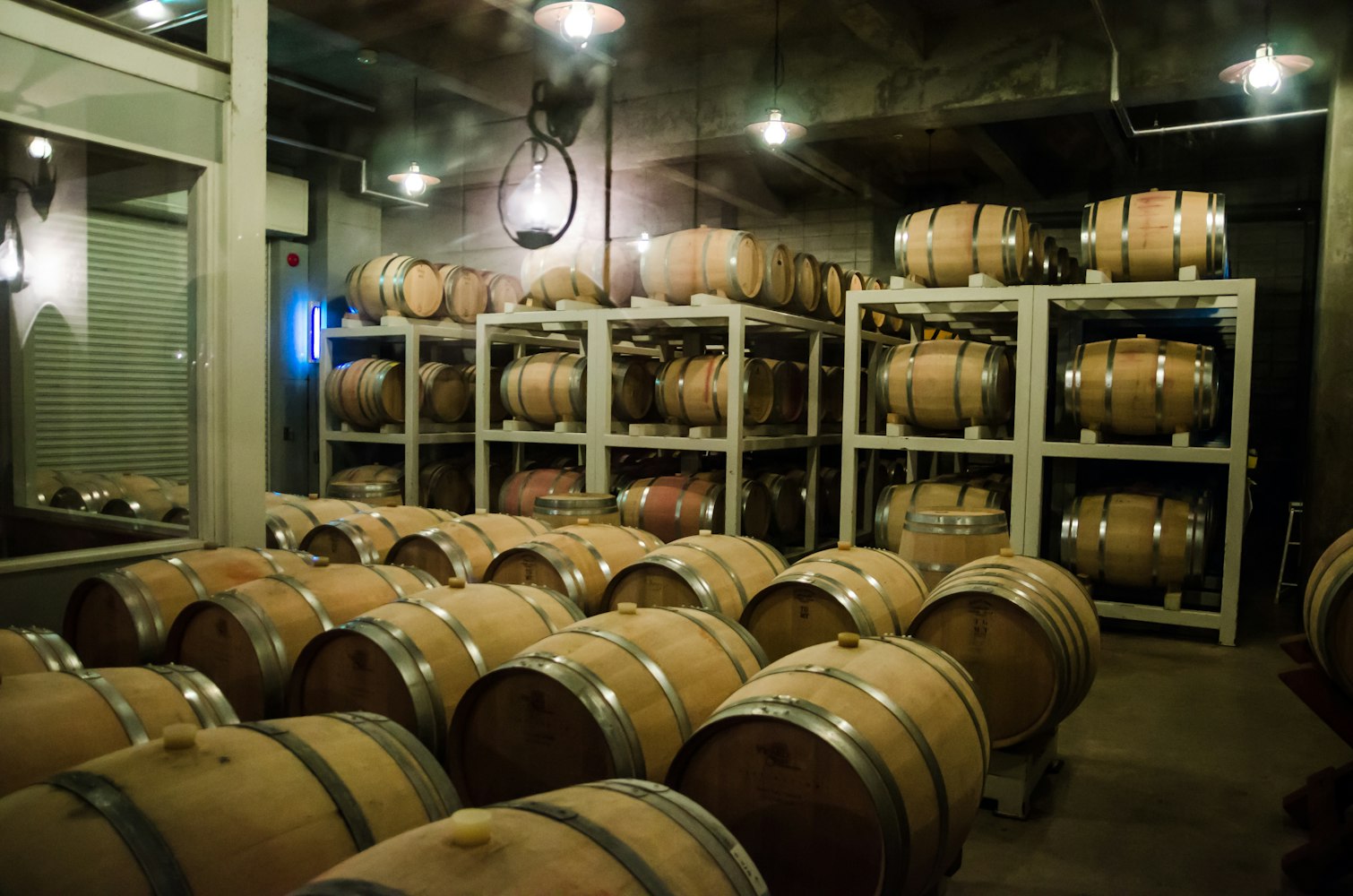
Pedal 5 kilometers further (or take a brief taxi for ¥1,500) to reach the Furano Winery, a stunning vineyard overlooking rolling hills. Hokkaido's cool climate produces exceptional wines, particularly white varieties. The winery offers tastings of 3-5 wines for approximately ¥500-1,000 ($3-7 USD) per person, and you can purchase bottles to enjoy during your stay.
The winery's restaurant serves regional dishes paired with local wine. A three-course meal costs approximately ¥3,500-5,000 ($24-35 USD).
Return to central Furano and explore the local food markets near Furano Station. Browse fresh produce, local honey, and artisanal goods. For dinner, visit Yuiga Doxon, a beloved local curry restaurant. Hokkaido is famous for its miso-based curry, and Yuiga Doxon serves one of the region's best versions.
Curry dishes range from ¥900-1,500 ($6-10 USD), and portions are generous. The welcoming atmosphere and flavorful broth make this a must-visit for any Hokkaido itinerary.
Budget for Day 2:
Train fare (Furano Lavender Express): ¥5,070
Bike rental: ¥1,200
Cheese factory meal: ¥2,000
Winery tastings and food: ¥4,500
Dinner (curry): ¥1,200
Miscellaneous: ¥1,500
Day 2 Total: approximately ¥15,470 ($105 USD) per person
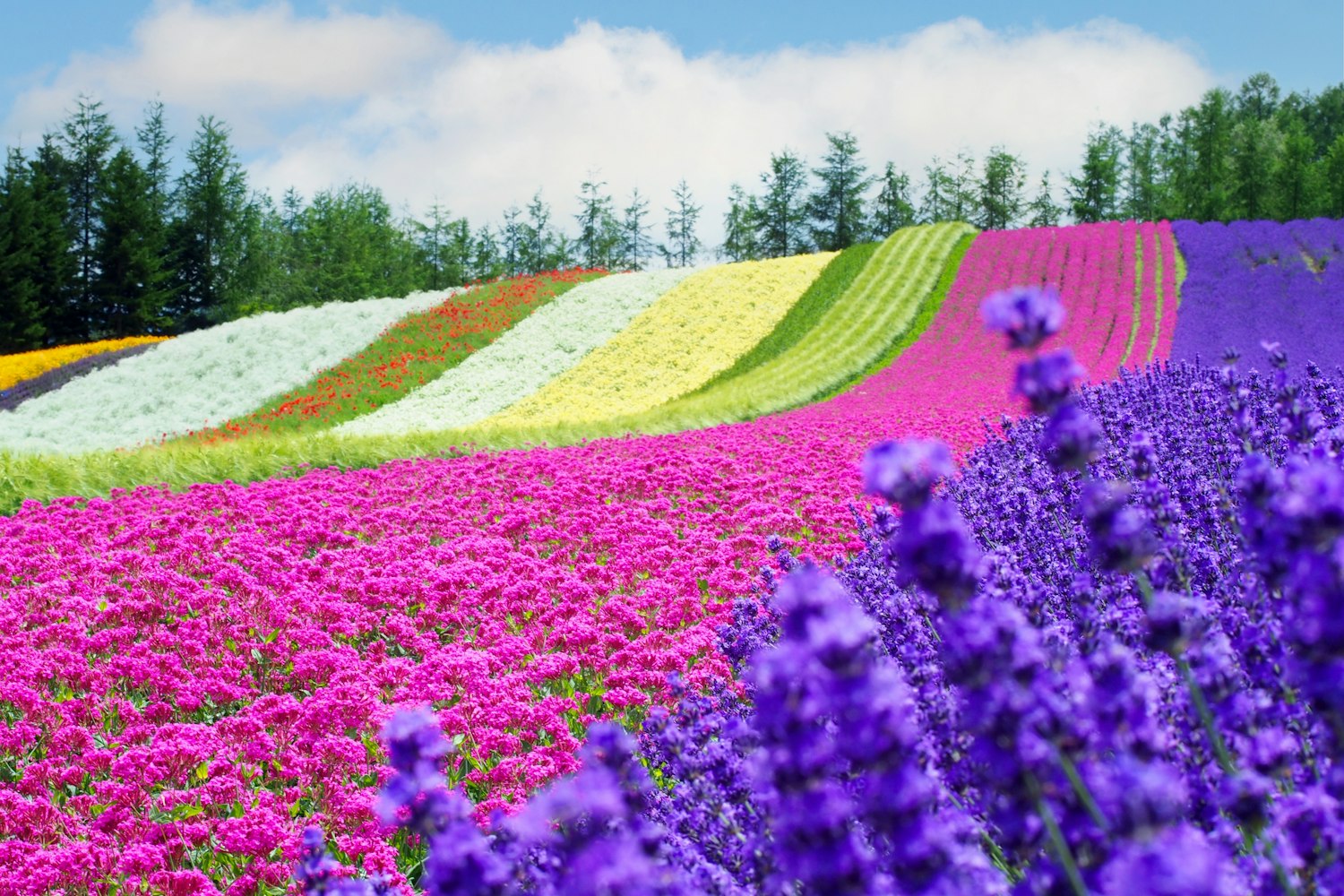
Take a local train from Furano to Lavender Farm Station, the closest railway access to the region's most famous flower field. Tomita Farm is Hokkaido's largest lavender-growing operation and a truly magical destination.
The farm spans over 150 acres of vibrant purple fields, with walking paths throughout. Beyond lavender, you'll find fields of sunflowers, cosmos, zinnias, and marigolds, depending on the season. The peak flower season runs from late June through mid-August, with lavender typically at its best from early July through late July.
Pro Tip: Timing is Everything
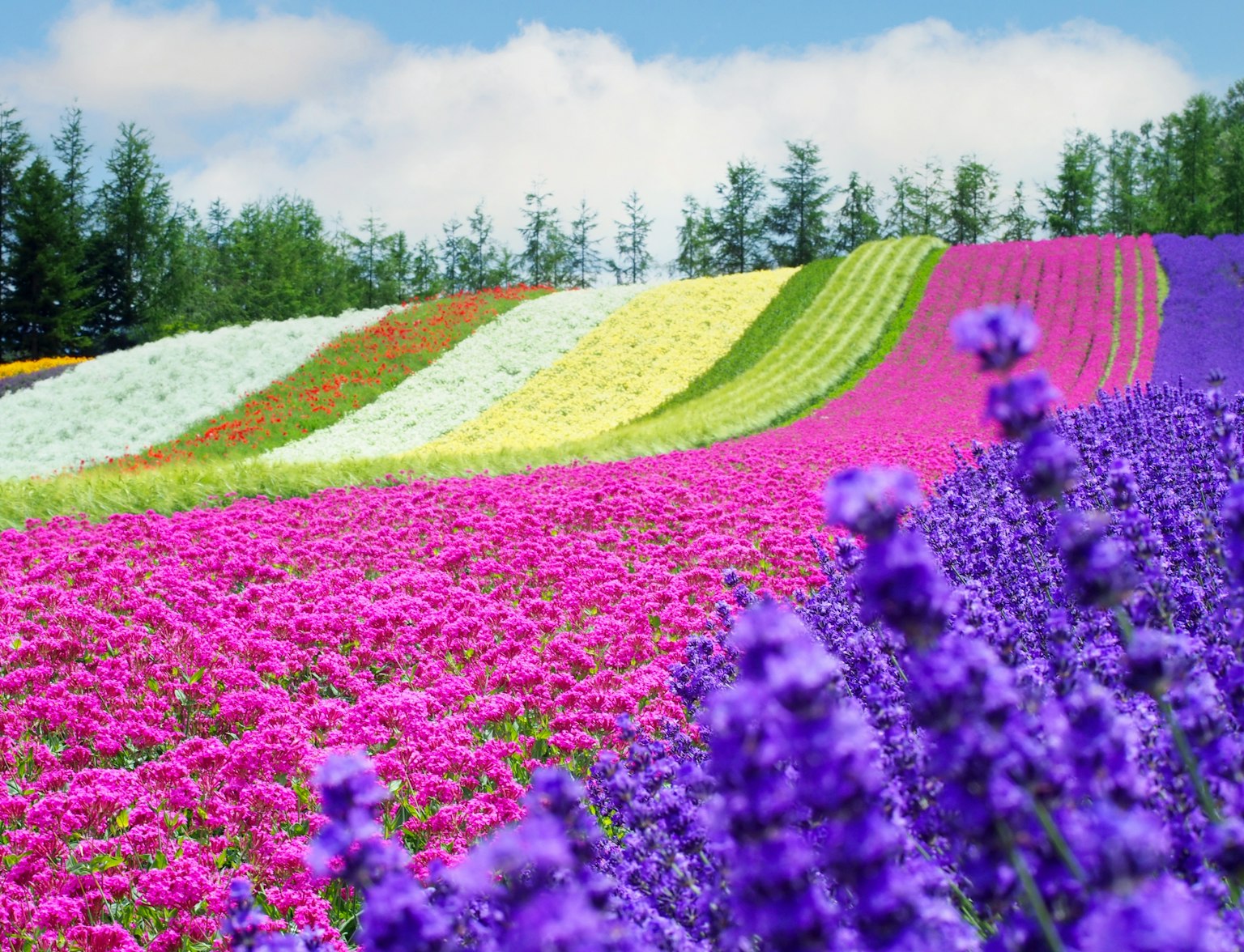
Embark on a captivating journey through Hokkaido's enchanting Furano and Biei! Savor local flavors, marvel at vibrant landscapes, and create unforgettable memories.
To catch the flowers at their absolute peak, visit Hokkaido during the first and second weeks of July. During this window, the lavender fields are in full bloom, and the scent is intoxicating. Earlier in June, flowers are just beginning to open; by late July, some flowers begin to fade. If you travel in late July or August, you'll see more variety as different flower species reach their peak.
Entry to Tomita Farm costs approximately ¥800-1,000 ($5-7 USD) for adults. The farm gift shop stocks a must-try item: lavender-flavored ice cream. The delicate, floral flavor is surprisingly refreshing and perfect on a warm day. Cost: approximately ¥400-600 ($3-4 USD).
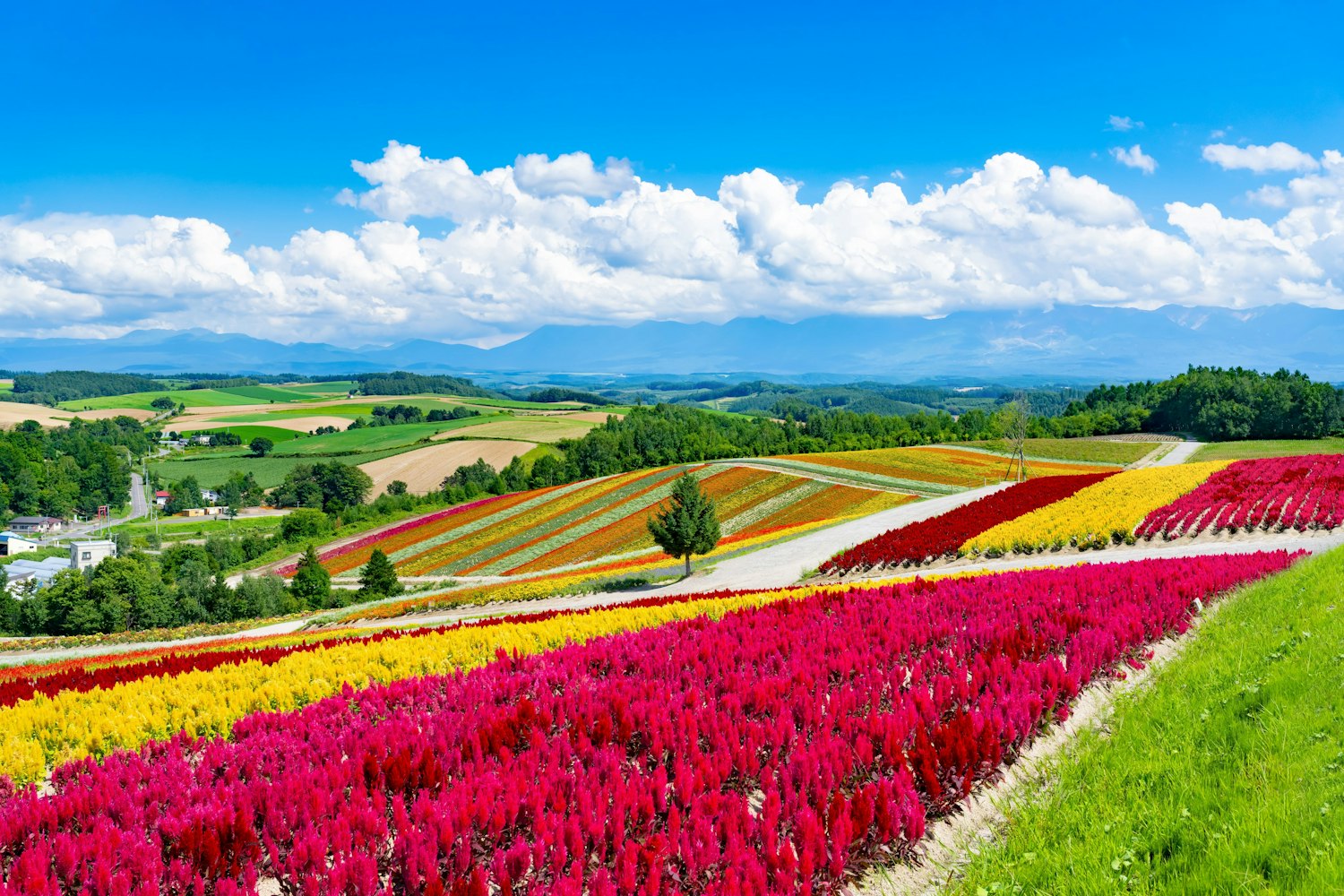
From Lavender Farm Station, take a local train to Bibaushi Station. From there, it's approximately a 25-minute walk (or short taxi ride) to Shikisai-no-oka, another spectacular flower field with a different charm.
While Tomita Farm focuses on lavender, Shikisai-no-oka features rolling hills covered in seasonal flowers arranged in artistic patterns. The panoramic vistas are Instagram-worthy, and the field's café (located above the gift shop) offers light lunch options with views across the blooms.
The café serves sandwiches, salads, and seasonal specials for approximately ¥1,200-2,000 ($8-14 USD). Entry to Shikisai-no-oka is free, though most visitors make a small purchase at the gift shop.
Head back to Furano for the evening. Take the train from Bibaushi back toward Furano, arriving by early evening. For dinner, visit Teppen Okonomiyaki Masaya, a highly-rated okonomiyaki (savory pancake) restaurant. This Osaka-style dish is layered with ingredients and cooked on a griddle right in front of you—a theatrical and delicious experience.
Okonomiyaki portions typically cost ¥1,000-1,800 ($7-12 USD) each, and the restaurant is known for generous servings and friendly staff. Book ahead if possible, as it's popular with both tourists and locals.
Budget for Day 3:
Local train fare: ¥1,500
Tomita Farm entry and ice cream: ¥1,200
Shikisai-no-oka café lunch: ¥1,500
Taxi to/from stations: ¥2,000
Dinner (okonomiyaki): ¥1,600
Miscellaneous: ¥1,200
Day 3 Total: approximately ¥9,000 ($60 USD) per person
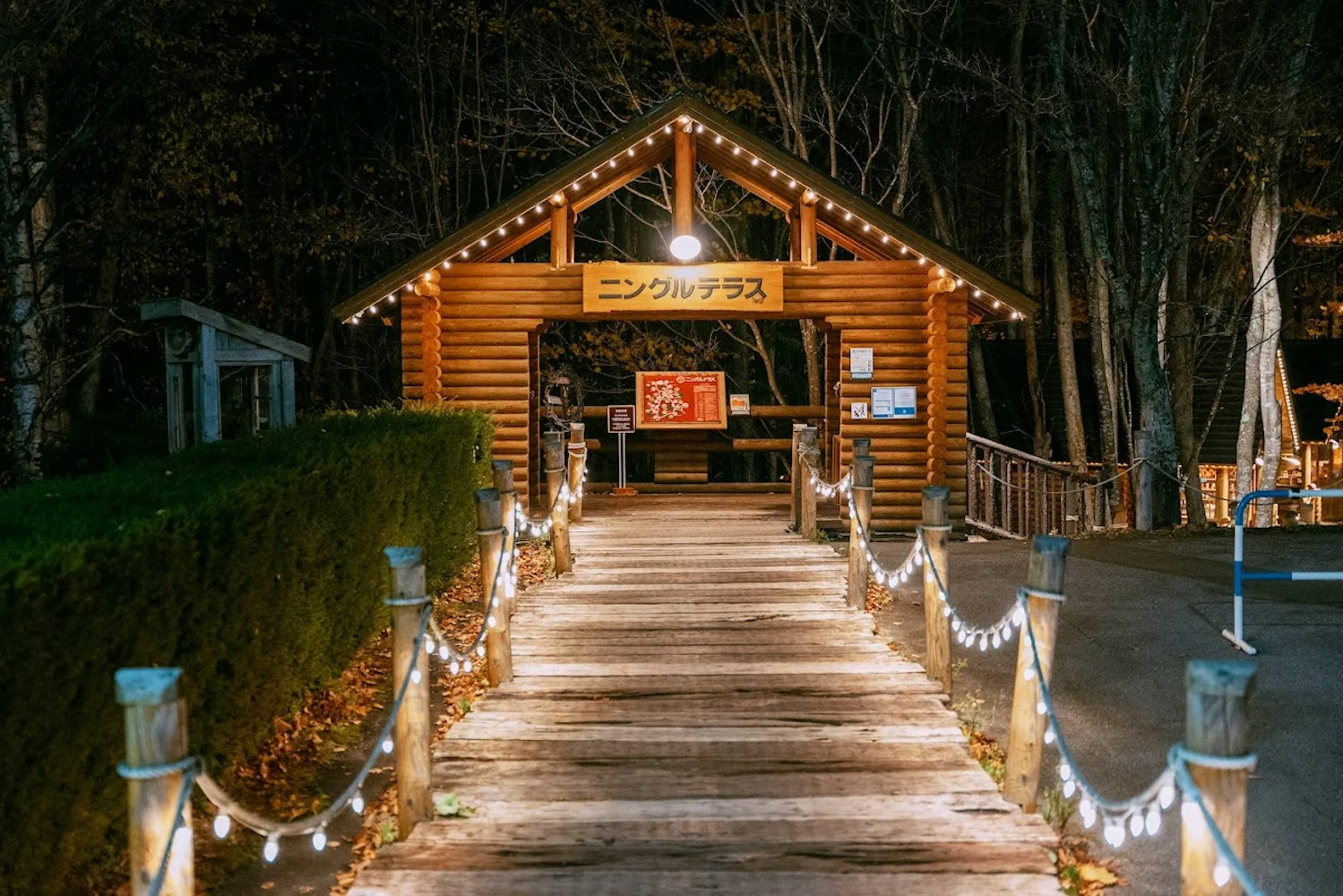
From Furano, take a local bus to Ningle Terrace, an enchanting collection of handmade craft shops nestled in a forest setting. This unique shopping village features over 15 boutiques selling everything from pottery and glassware to jewelry and textiles. Each shop is a tiny log cabin, creating a fairytale-like atmosphere.
Bus fare: approximately ¥500-1,000 ($3-7 USD). Journey time: 20-30 minutes.
Browsing Ningle Terrace should take 1.5-2 hours. Whether you shop or simply admire the craftsmanship, this is a peaceful interlude. Many shops feature local artisans, and you'll discover one-of-a-kind souvenirs. Plan to spend ¥0-10,000 ($0-70 USD) depending on your shopping interests.
Catch the mid-afternoon Lavender Express (or regular train service if outside flower season) back to Sapporo. Upon arrival, check into your hotel for the second night. If you've selected the Sapporo Prince Hotel, you'll likely be in a familiar room or similar accommodation.
Hotel cost (second night): ¥15,000.
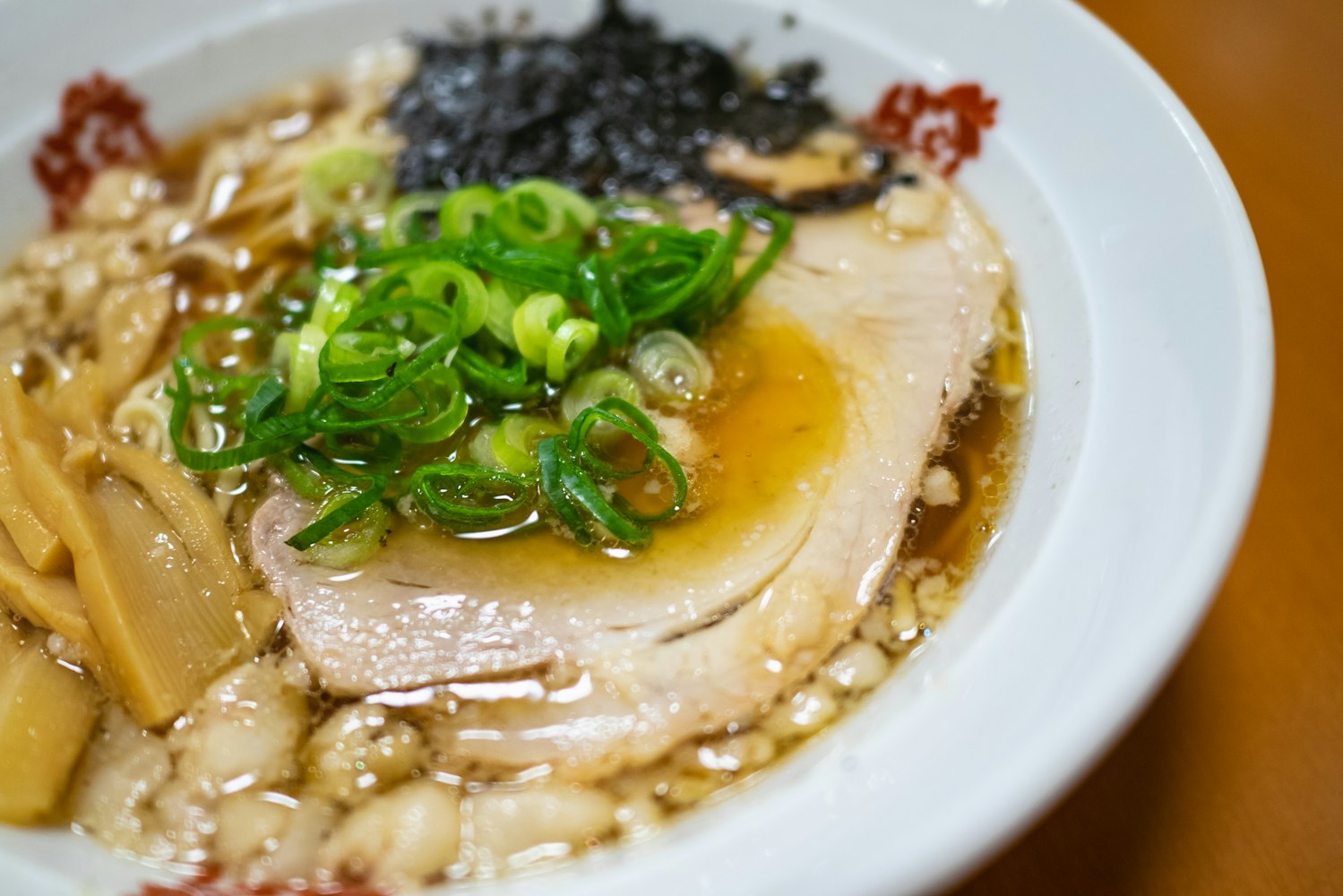
After settling in, head to Ramen Alley (Ramen Yokocho) in Susukino, Sapporo's entertainment district. This legendary alley features a narrow corridor lined with approximately 17 small ramen restaurants, each with their own specialized style. The alley opened in 1945 and has been serving authentic ramen ever since.
We particularly recommend Harukas, a counter-seat ramen shop known for its rich miso-based broth and perfectly tender chashu (braised pork). Expect a queue, especially during dinner hours, but the wait moves quickly. Miso ramen costs approximately ¥900-1,200 ($6-8 USD).
Insider Tip: Arrive before 5:30 PM or after 8:00 PM to minimize wait times. If Harukas has a lengthy queue, other excellent shops include Aji no Sanpei and Sumire, each offering distinct ramen styles.
Budget for Day 4:
Bus fare to/from Ningle Terrace: ¥1,500
Ningle Terrace shopping (optional): ¥0-5,000
Train to Sapporo: ¥5,070
Hotel (second night): ¥15,000
Ramen dinner: ¥1,000
Miscellaneous: ¥1,000
Day 4 Total: approximately ¥23,570 ($160 USD) per person (excluding optional shopping)
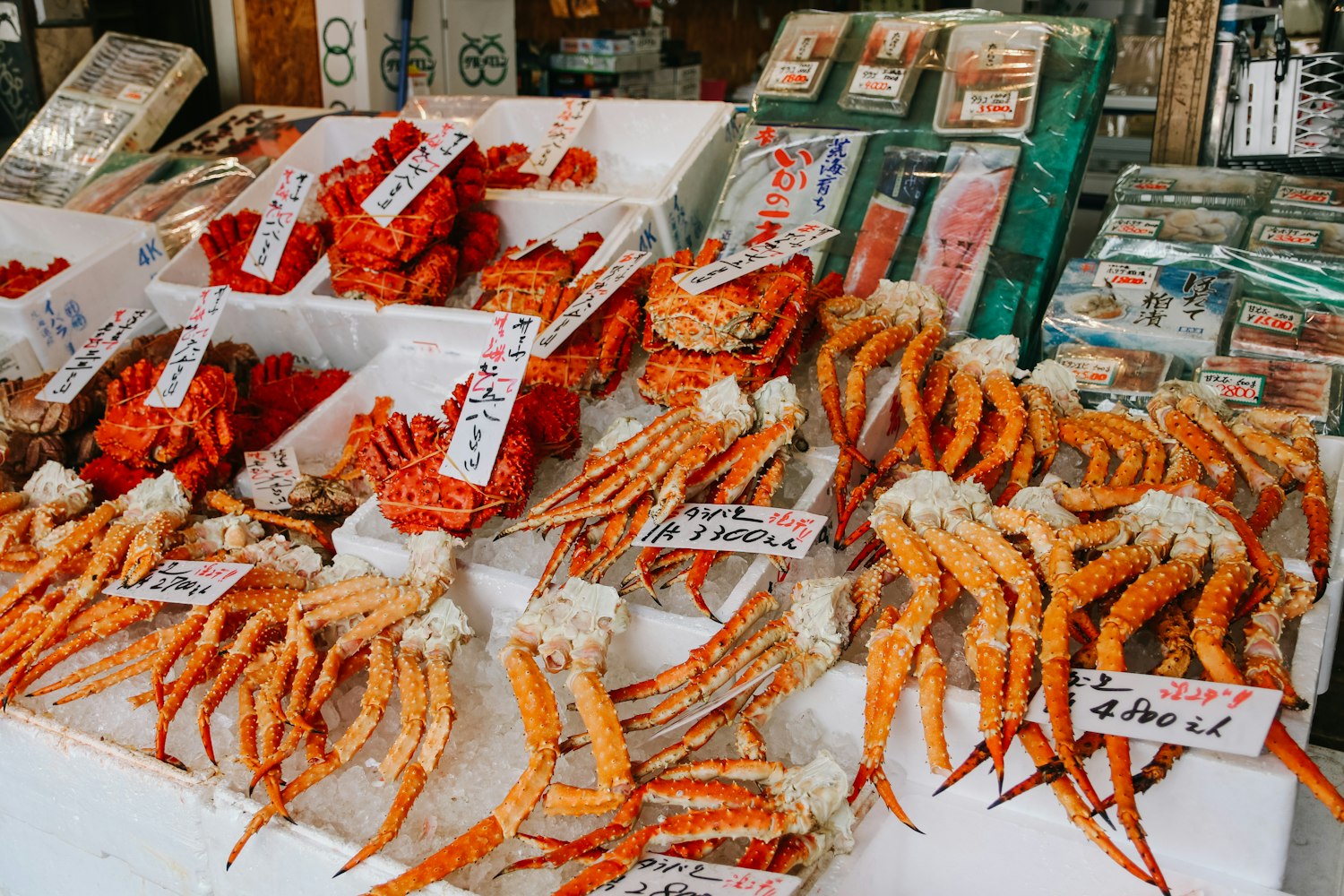
Morning: Nijo Market Breakfast
Begin your final day with an unforgettable breakfast at Nijo Market (Nijo Ichiba), located in central Sapporo. This bustling market has served food lovers since 1951 and remains the authentic heart of Sapporo's food culture. The market features approximately 60 shops selling fresh seafood, produce, prepared foods, and local specialties.
The must-try item is a fresh kaisendon bowl—a generous mound of sushi rice topped with market-fresh seafood including salmon, sea urchin, scallops, and other seasonal catches. Multiple shops prepare kaisendon, and prices range from ¥2,000-5,000 ($14-35 USD) depending on toppings. This breakfast represents Hokkaido's reputation as a seafood paradise.
Pro Tip: Arrive between 8:00-9:30 AM for the best selection and to experience the market in full swing. Many stands close by mid-afternoon.
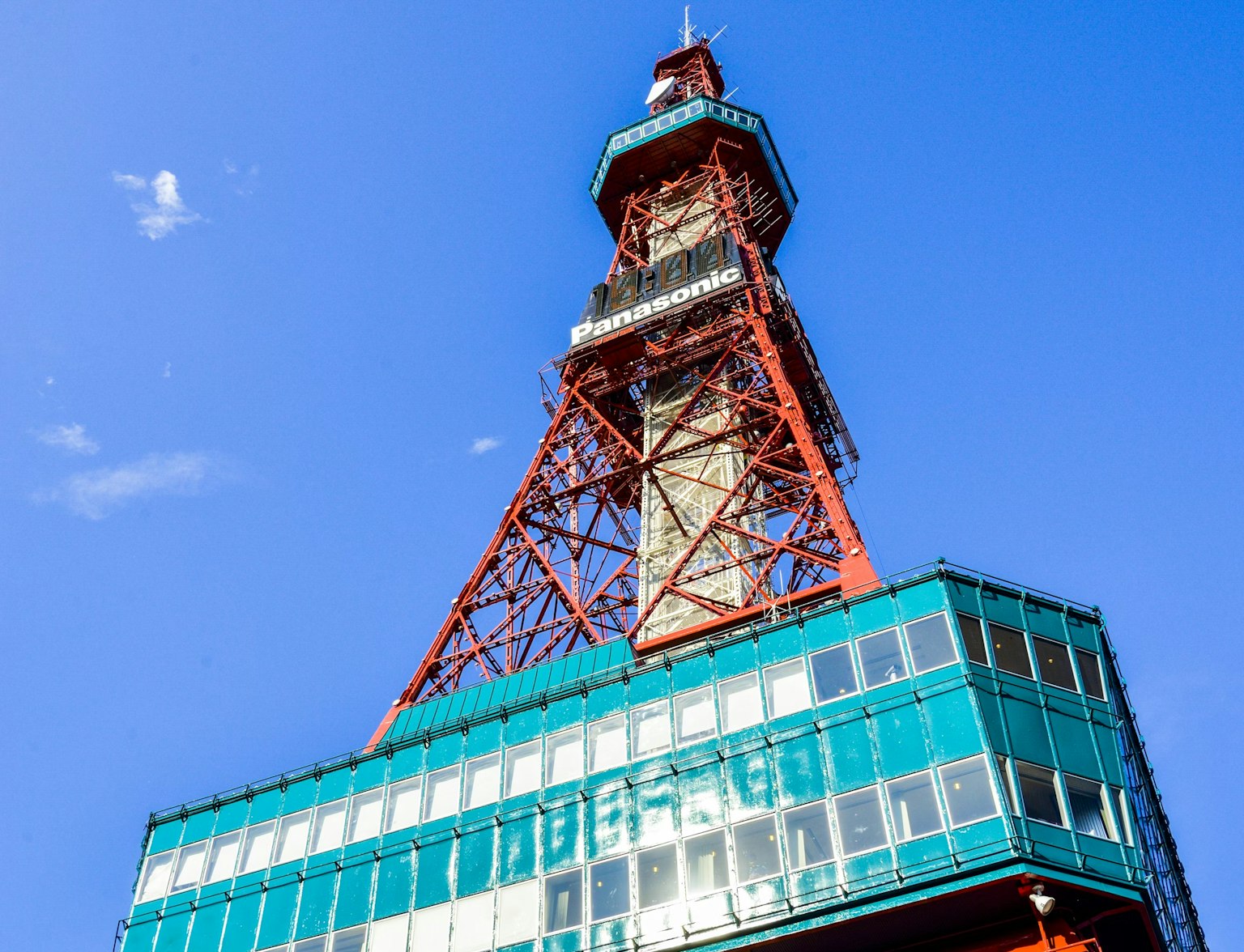
Discover the essence of Sapporo with our guided walking tour, featuring visits to key attractions such as Sapporo Station, the Red Brick Office, and the Sapporo TV Tower, all while learning about the city's vibrant history and culture.
After breakfast, book a private walking tour with a local guide through our website. Your guide will lead you through Sapporo's most significant neighborhoods, sharing stories about the city's history, culture, and contemporary life. Tours typically include stops at Susukino, the historic brewery district, Maruyama area, and Nakajima Park.
A 3-hour private walking tour costs approximately ¥12,000-18,000 ($80-120 USD) for a group of 1-4 people. Your guide will provide insider knowledge about the city's hidden gems, local artisans, and neighborhood character that no guidebook captures.
After your walking tour concludes (typically around 2:00-3:00 PM), head to the airport for your onward flight. Budget 90 minutes before your flight departure if traveling by airport bus (cost ¥1,200), or 45 minutes if taking the JR Express (cost ¥3,070).
Budget for Day 5:
Nijo Market breakfast: ¥3,500
Private walking tour: ¥15,000
Airport transfer: ¥2,000
Miscellaneous: ¥1,000
Day 5 Total: approximately ¥21,500 ($145 USD) per person
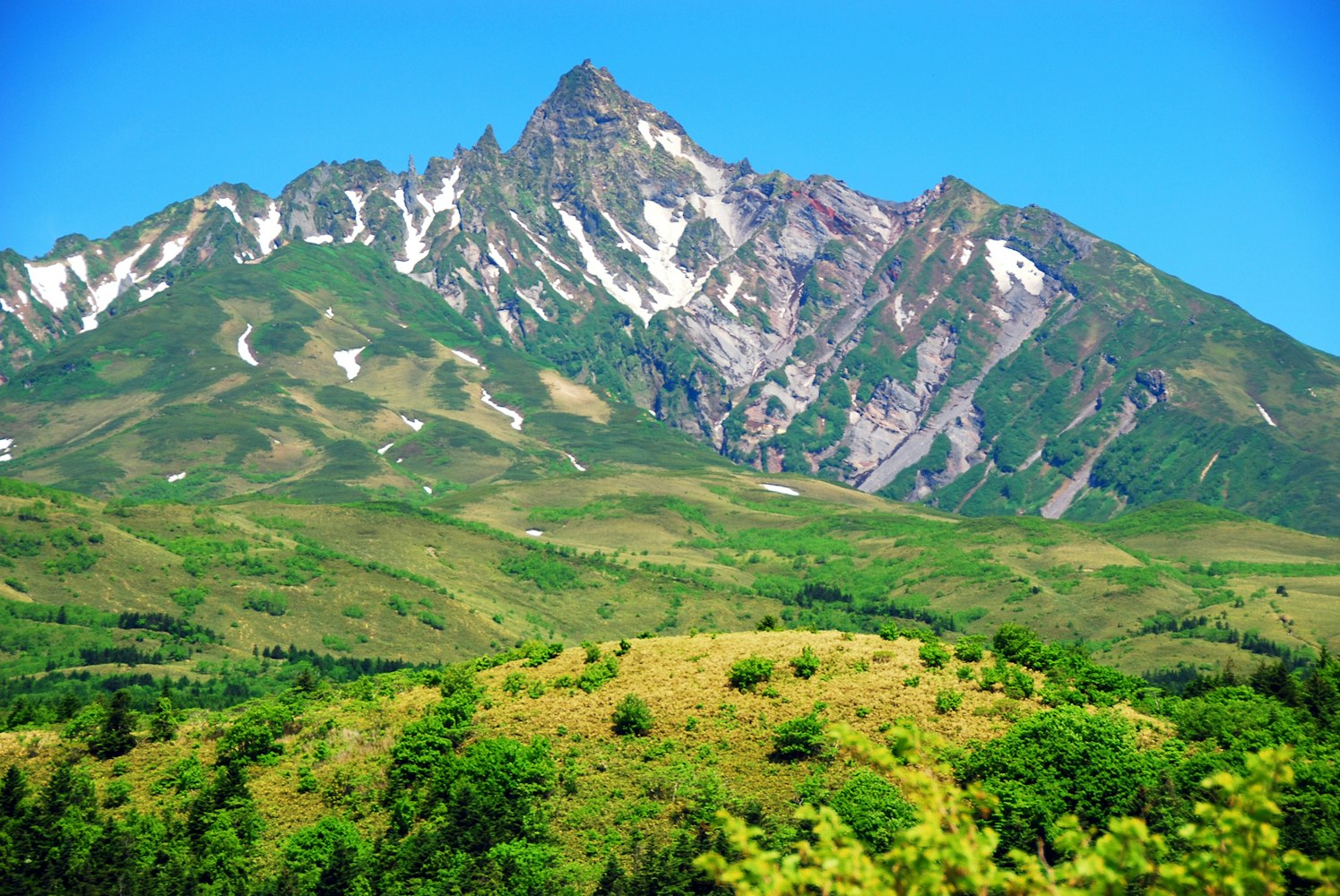
Accommodation (4 nights at Sapporo Prince Hotel): ¥60,000 ($405 USD)
Transportation:
Airport transfer: ¥5,000
Furano Lavender Express (round trip): ¥10,140
Local trains and buses: ¥8,500
Bike rental: ¥1,200
Total Transportation: ¥24,840 ($170 USD)
Food & Dining:
Food tours and meals: ¥35,000 ($235 USD)
Activities & Attractions:
Cheese factory, winery, flower farms: ¥8,000 ($55 USD)
Ningle Terrace: ¥2,000 ($15 USD)
Private walking tour: ¥15,000 ($100 USD)
Total Activities: ¥25,000 ($170 USD)
Contingency & Miscellaneous: ¥10,000 ($65 USD)
Grand Total: approximately ¥154,840 ($1,045 USD) per person for 5 days
Note: This budget represents mid-range pricing for peak flower season. Off-season travel (September-May) may be 20-30% less expensive, while traveling during the absolute peak (early July) may cost 10-15% more due to higher accommodation demand.
This 5-day journey showcases the essence of Hokkaido: natural beauty, culinary excellence, authentic hospitality, and a certain fairytale quality that lingers long after you've returned home. From pedaling through lavender fields to slurping ramen in a historic alley, each moment connects you more deeply to this remarkable region.
Hokkaido rewards travelers who venture beyond the ordinary, who take time to savor meals, and who remain open to unexpected discoveries. This itinerary provides the framework for such an adventure, but the magic ultimately emerges from your own experiences—the conversation with a shopkeeper at Ningle Terrace, the photograph of an unexpected sunset over the flower fields, the taste of freshly-prepared kaisendon.
